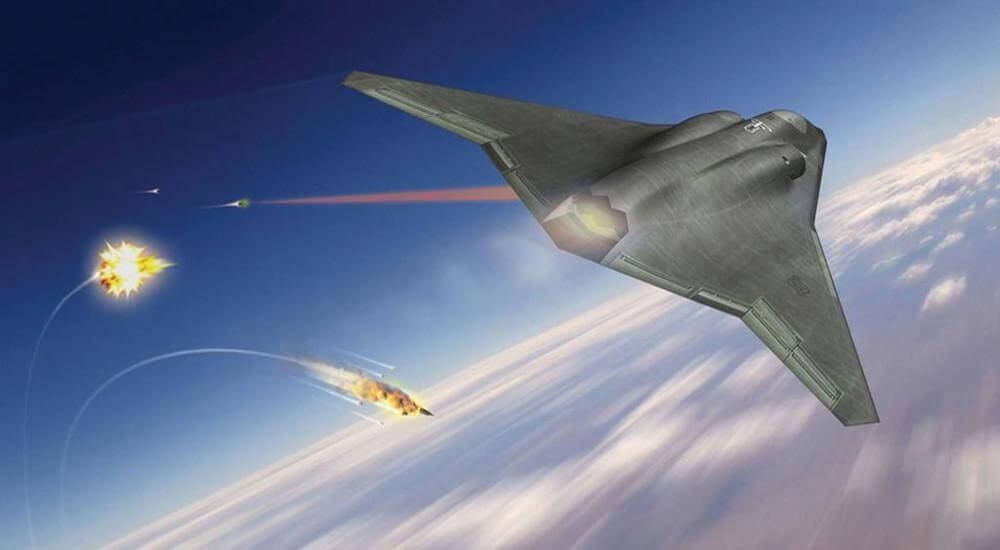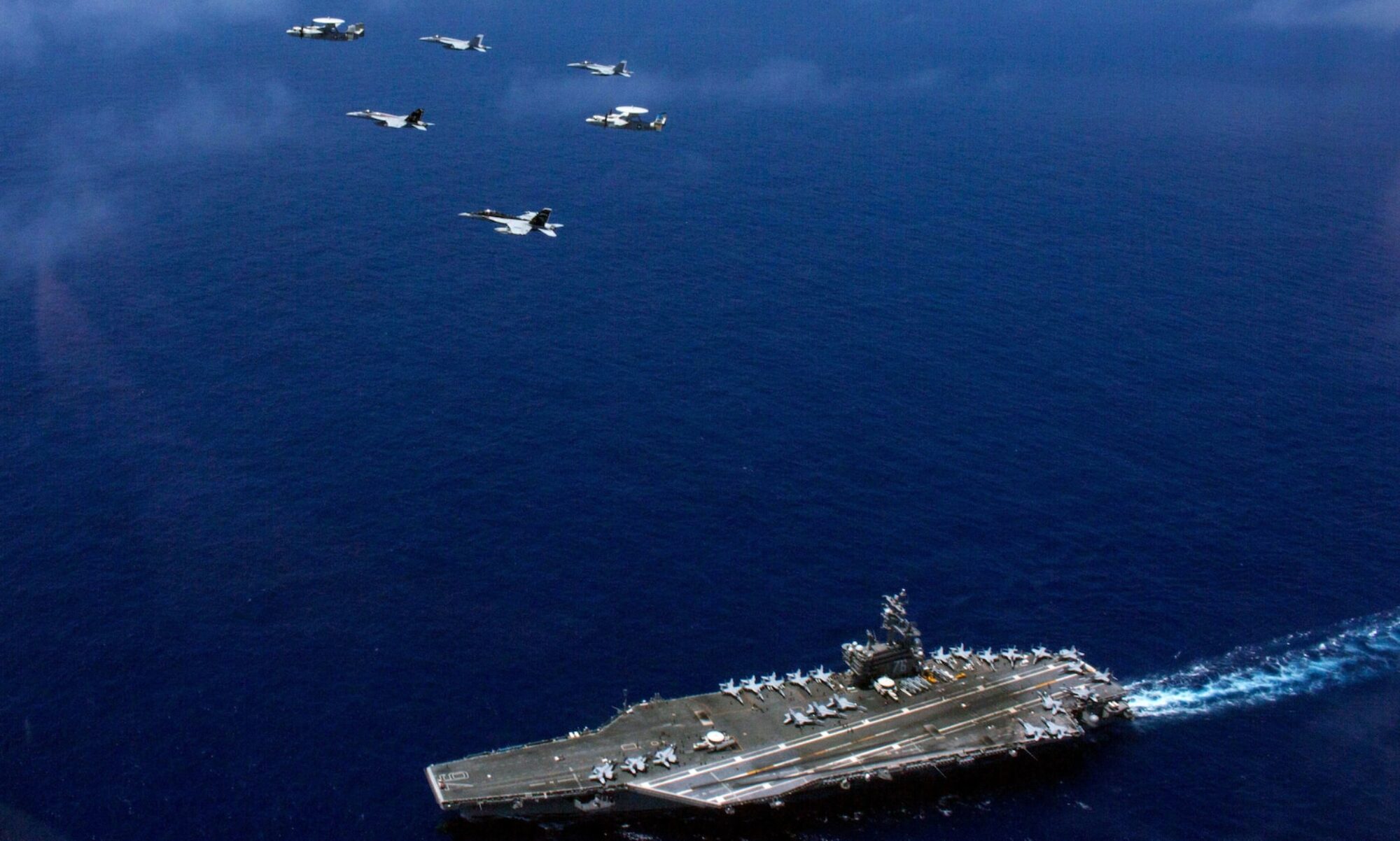
Introduction:
The seas are vast, and for centuries, their dominance has dictated the fate of nations. Today, naval superiority is not just about mastering the waves but also the skies above them. With the recent announcements regarding the U.S. Navy’s next-generation fighter program, the horizon looks promising. This blog will explore the strides being made in the realm of naval aviation, illuminating how the advancements not only echo the mission of the Americans for a Stronger Navy but also how they stand as a testament to our nation’s commitment to fortifying its defense.
Summary:
The U.S. Navy is ushering in a new era of air dominance with the progression of its secretive next-generation fighter program, now moving from concept refinement to design maturation. With leading aerospace giants vying for contracts, this move signifies a leap towards cutting-edge naval air capabilities, blending technological innovation with robust strategy.
Key Takeaways:
- Design Progression: The Navy’s next-gen fighter program has transitioned into the design maturation phase, marking a pivotal step in its development.
- Major Contenders: Aerospace stalwarts, including Boeing, Lockheed Martin, and Northrop Grumman, are contending for the airframe contracts, while GE Aerospace and Pratt & Whitney are eyeing the engine contracts.
- Integration with Other Programs: The Navy’s initiative parallels the U.S. Air Force’s Next Generation Air Dominance (NGAD) platform, hinting at a unified vision for air superiority.
- Operational Focus: The F/A-XX program prioritizes operational reach and capacity, suggesting a comprehensive approach to tackle advanced threats from great distances using state-of-the-art weapons and communication systems.
- Significant Funding: Highlighting its importance, the Pentagon allocated $11.5 billion for fiscal 2023-27 to the F/A-XX program, making it one of the top research and development priorities.
Conclusion:
In an ever-evolving geopolitical landscape, a stronger Navy is not just desirable, it’s imperative.
As we witness these advancements in naval air capabilities, we are reminded of the Navy’s enduring dedication to protect our shores and uphold our maritime dominance.
By supporting such endeavors, we not only back our servicemen and women but also fortify the nation’s defensive pillars.
For those reading, consider this an invitation to be part of this journey. Stand with the Americans for a Stronger Navy, and together, let’s ensure that our nation remains unyielding, both on the seas and in the skies above.


